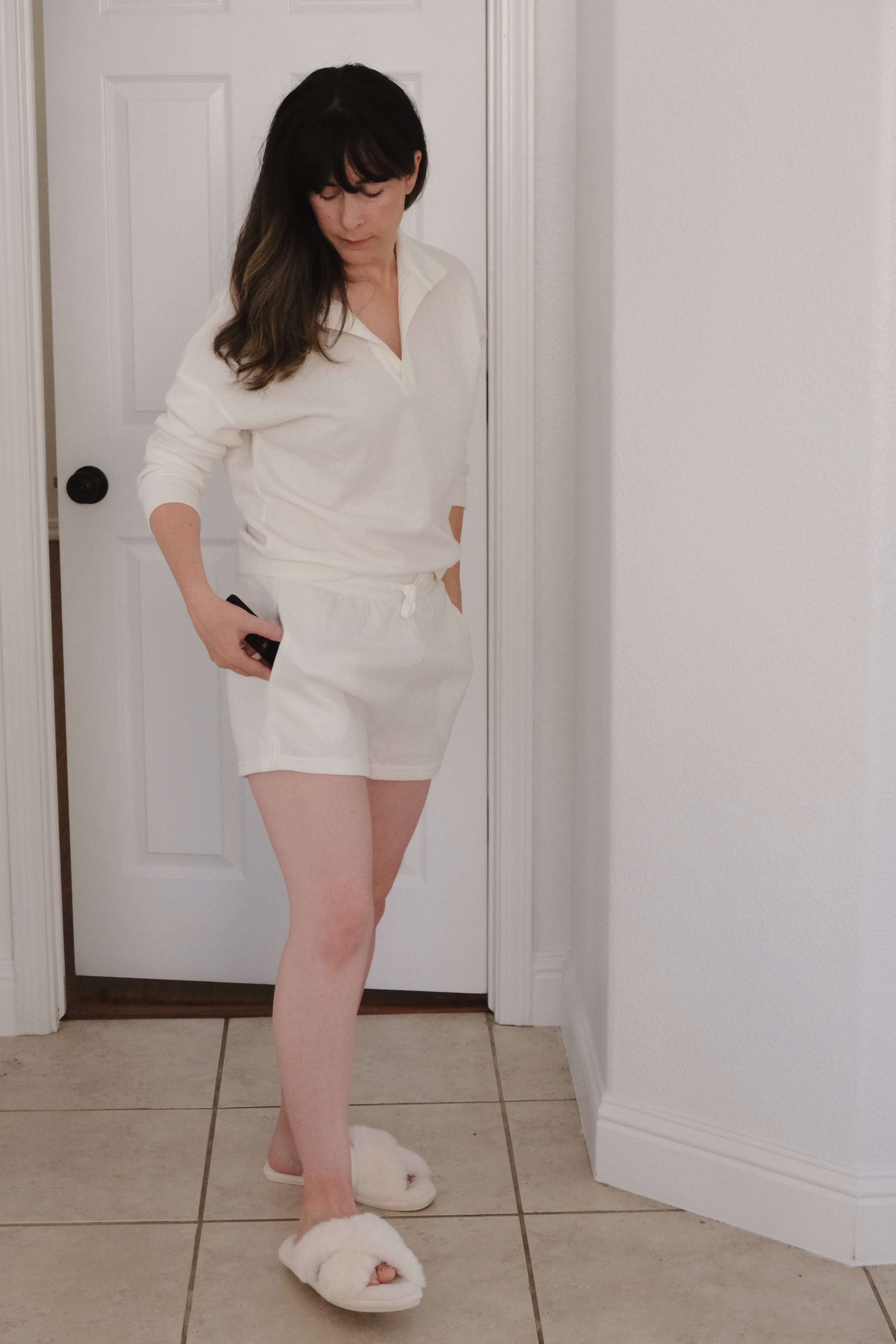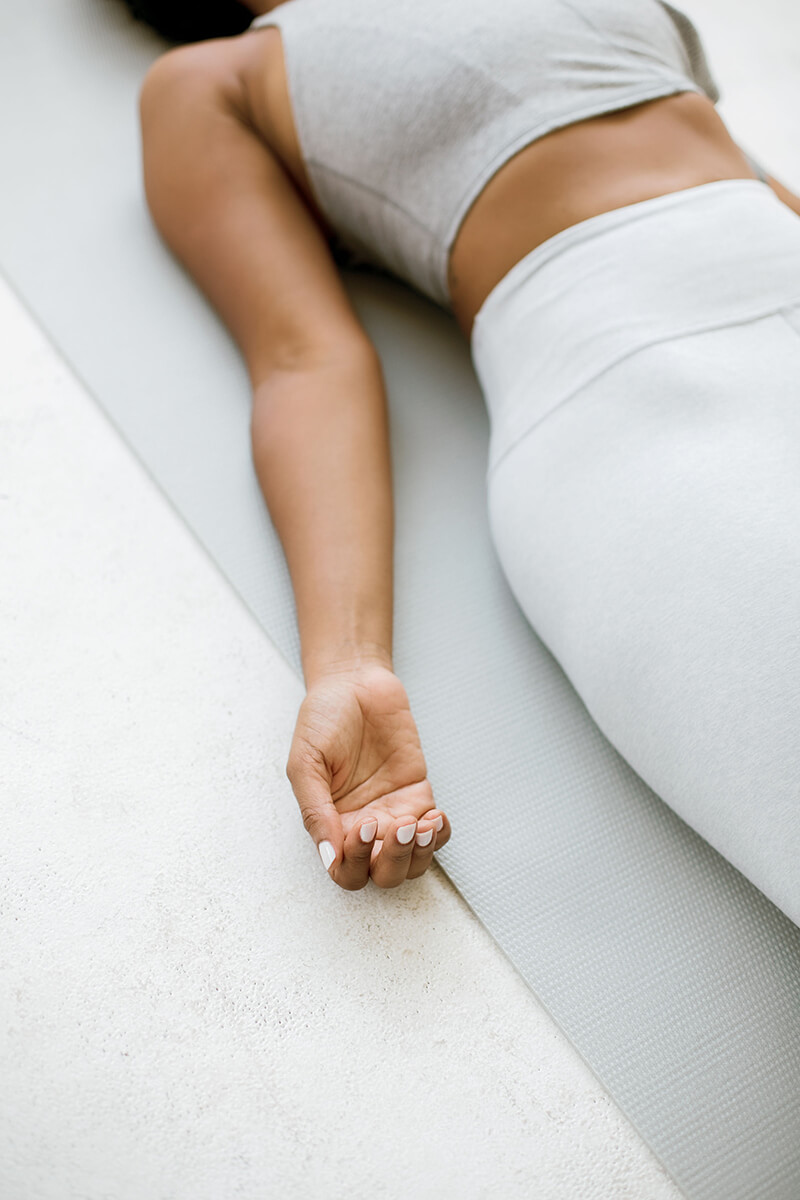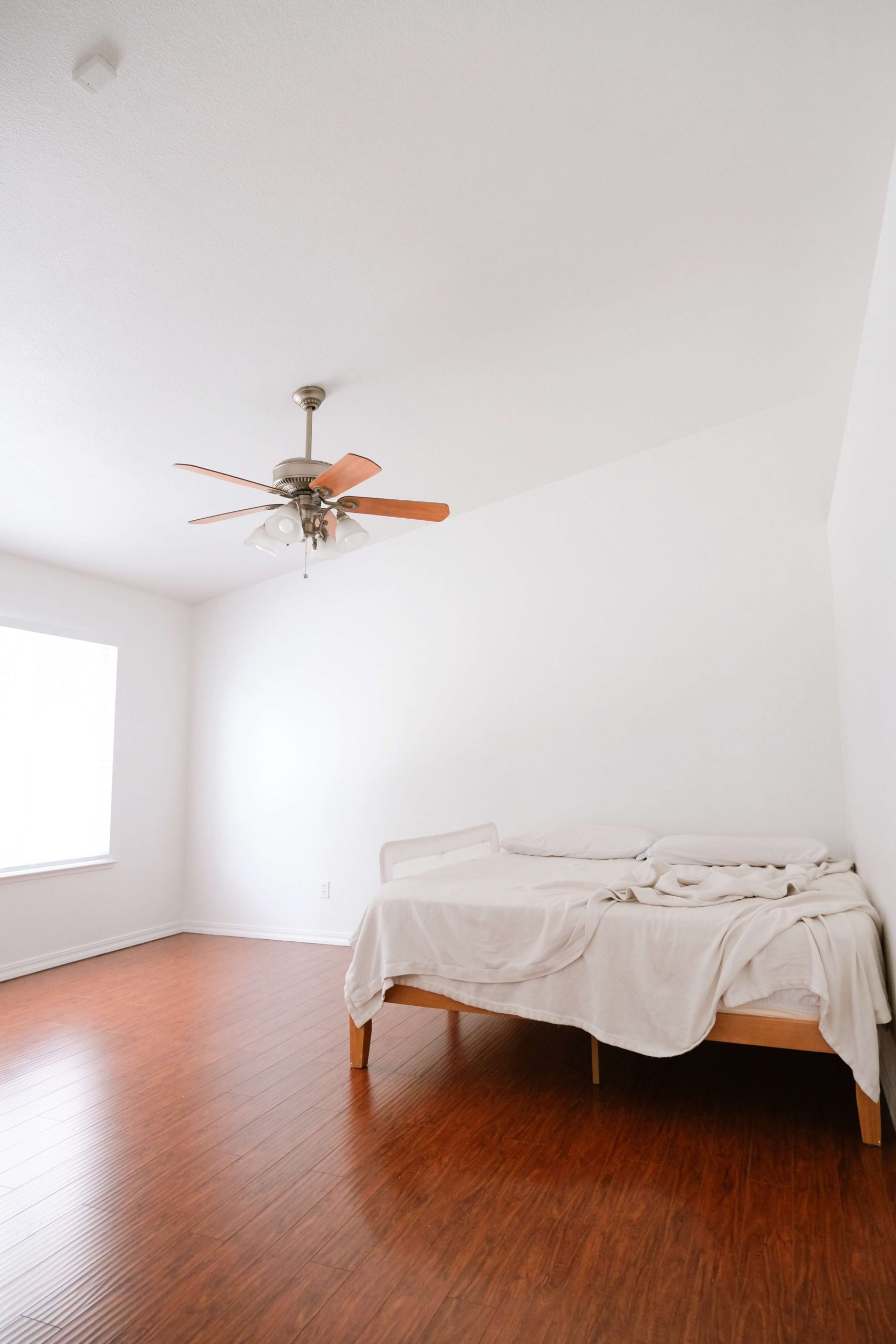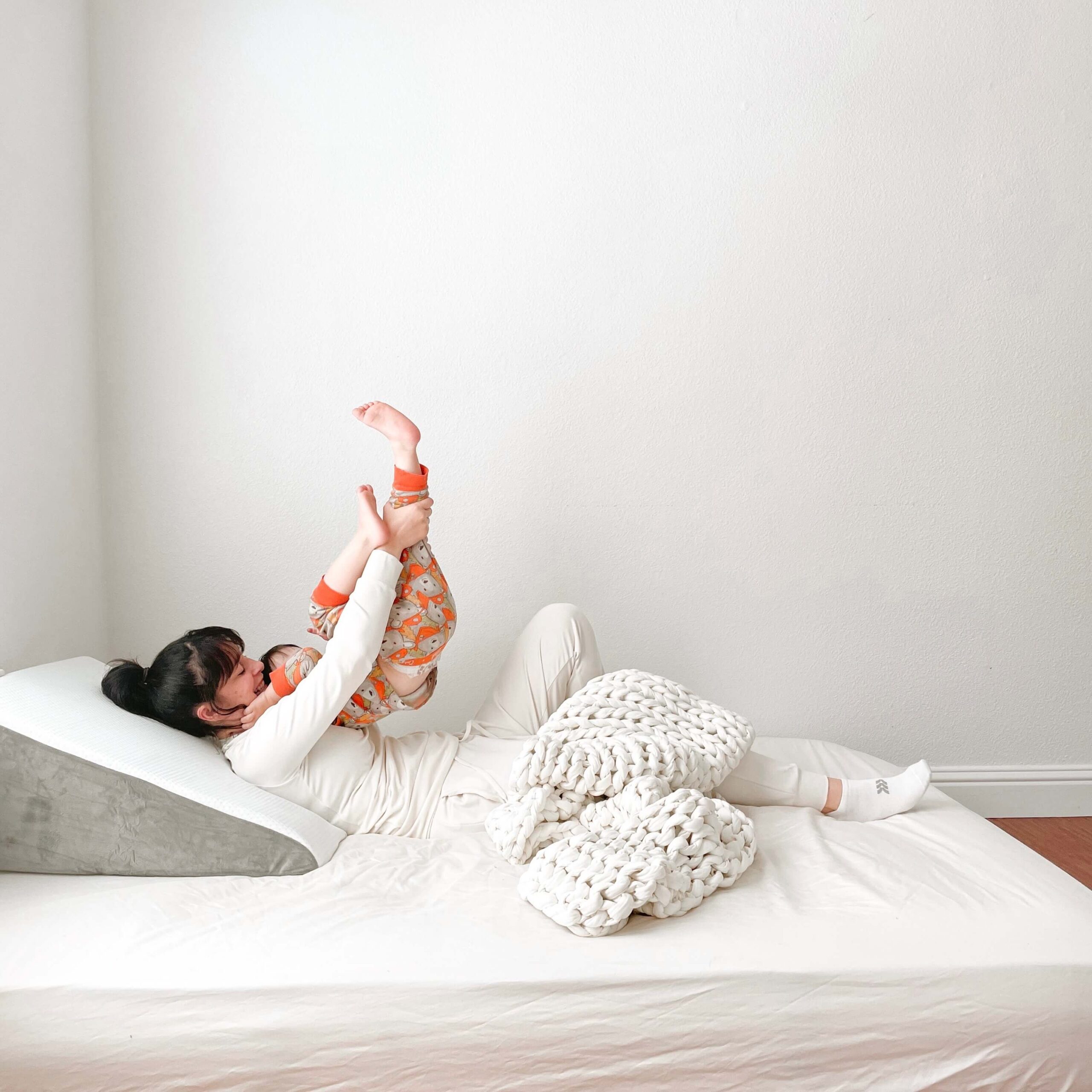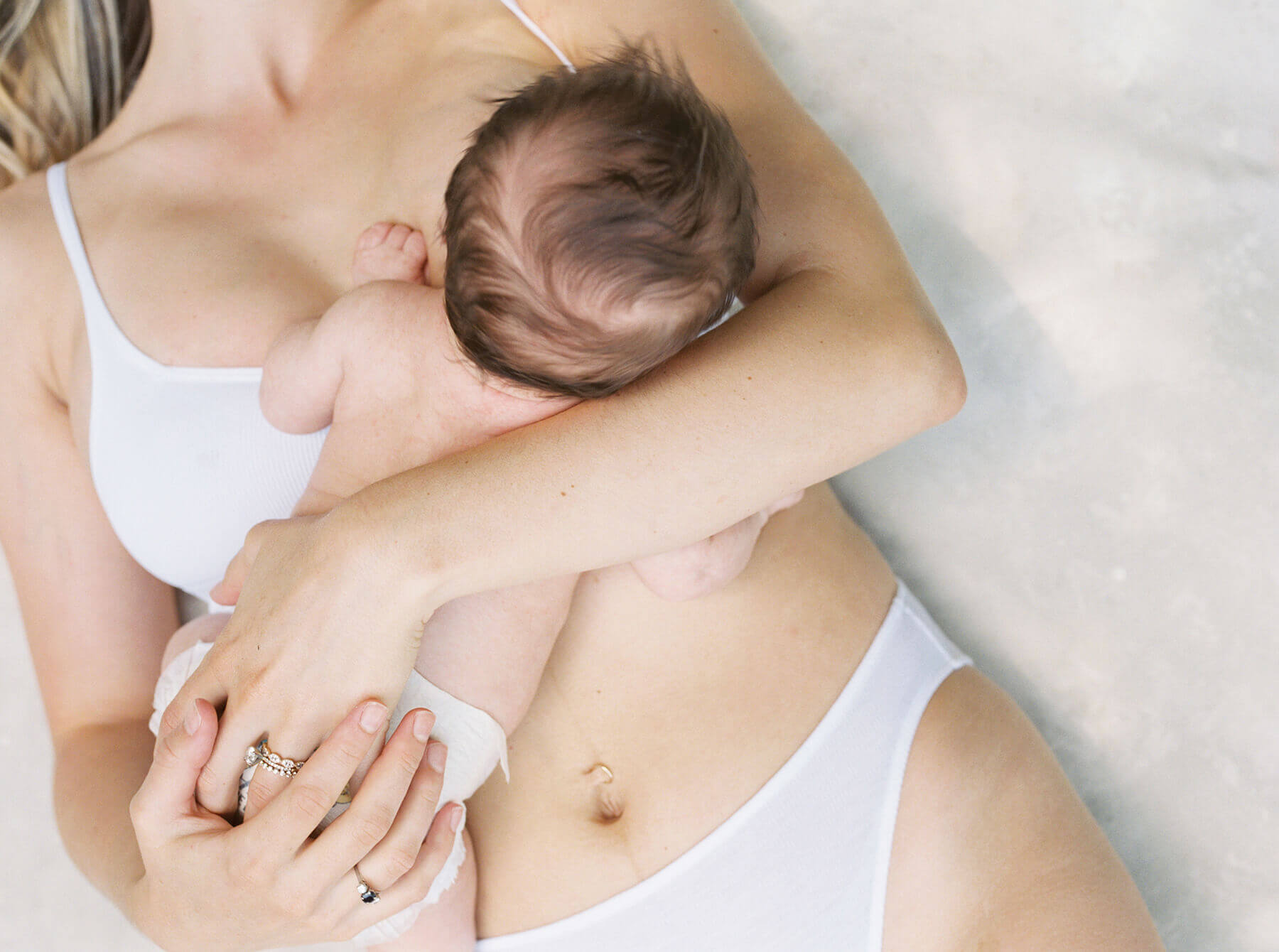Even if you’re a fan of contact naps, sometimes you need to get something done while baby sleeps for an hour. Follow these five steps to sneak away and leave your baby to sleep independently on their floor mattress.
Five Steps to Sneaking Away From Your Sleeping Baby
- Choose the Safest Mattress
- Prep the Floor Mattress Ahead of Time
- Nurse baby to Sleep on the Mattress as Usual
- Wait to Transfer Until Baby is in a Deep Sleep
- Amp Up Sleep Associations as You Sneak Away
Leaving baby to nap independently can give you some physical space and help you prevent cosleeping burnout. To read more about why cosleeping burnout is so widespread, take a look at this blog post.
And it can help them learn to sleep solo in case they ever need to (e.g. when traveling, napping at daycare, staying with the grandparents overnight, etc.).
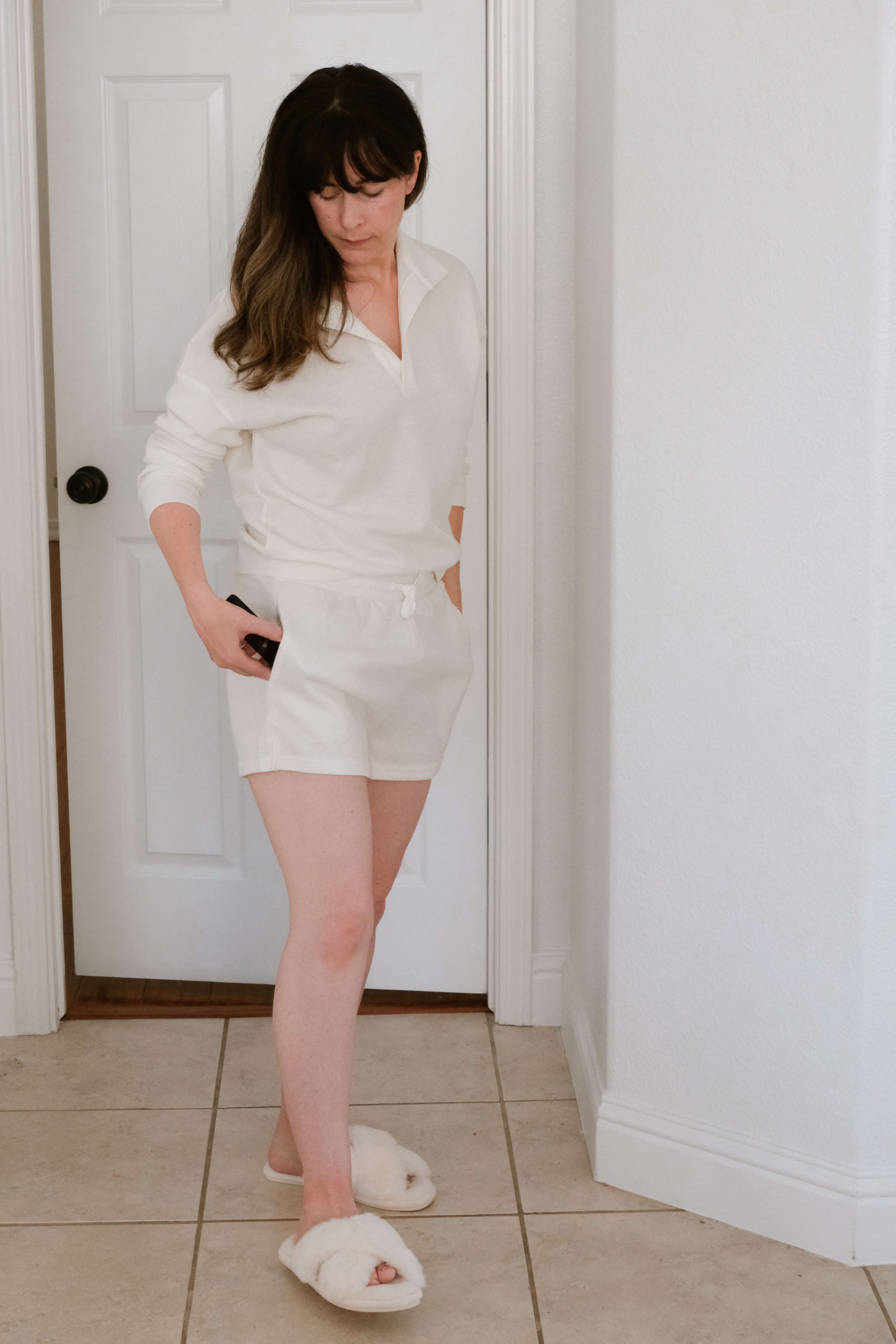

1. Choose the Safest Mattress
If you know your mattress is safe (firm and smooth), that’s one less thing you’ll have to worry about while you’re in the other room.
For an infant 0-12 months old, use a crib mattress. It should be a new mattress that is certified for infant sleep.
My favorite version is this non-toxic crib mattress because of its dual-sided design. One side is designed for infants and the other for toddlers, providing different firmness levels to support the growth of your child as they grow.
For a toddler 12+ months old, you can use a firm mattress of your choosing.
I like this non-toxic kid’s mattress because it’s low-profile. (i.e. If your toddler accidentally rolls off, it’s only a few inches off the floor and they likely will be just fine.)
If you want to be extremely safe, avoid a mattress entirely and purchase a zip-up travel crib.
This crib and this one are two popular options.
It’s so easy! Once baby falls asleep, quietly sneak out and zip up the crib. They will be safe and sound for the duration of their nap.
2. Prep the Floor Mattress Ahead of Time
Make sure to safety-proof the entire room, in case your child wakes up and starts exploring. You can find a list of everything to consider when safety-proofing on my Cosleeping Must-Have List, but here are the biggest things to consider:
- Windows — Lock all windows, and tie up blind cords so they are not dangling.
- Red nightlight — Red light helps produce melatonin, the hormone that makes you feel drowsy.
- Outlet cover box — Make sure cords plugged into outlets that are covered by furniture and are not easily-accessible.
- Furniture anchors — Anchor any bookcases to a wall stud. Place the heaviest items on the bottom shelf.
- Bumper for edges — Stick a cushy bumper on any hard edges, in case your child trips and falls on one (e.g. bookcases, side tables, etc.).
- Cabinet locks — Make sure your child won’t have access to anything dangerous from drawers (e.g. cuticle scissors, medication, etc.).
- Heat sources — Block access to your heater, radiator, or fireplace.
Place the mattress at least two feet away from any walls and furniture, to avoid entrapment.
If this is the floor bed that you use to bedshare throughout the night, your scent will already be on the sheets. This is fantastic! Sheets smelling like your shampoo, breastmilk, sweat, etc. will help comfort baby.
You could also place a hot water bottle or a warm towel fresh from the dryer on the mattress before you nurse baby to sleep on it. Remove them before you begin and feel the mattress with your hand to make sure it’s not too hot.
Shut the curtains and turn on the white noise machine now, too, if you use one. And don’t forget to attach your door cushion to make sure you don’t accidentally slam the door on the way out!
3. Nurse Baby to Sleep on the Mattress as Usual
Lie in the cuddle curl position and nurse baby in the side-lying position.
If you usually let baby sleep propped up on your arm, try to get them comfortable without being on your arm this time.
If your arm is underneath them, it’ll be one extra challenge as you sneak away.
Once baby is asleep, help detach them from your breast if they are still latched. You can gently put your pinky finger in the side of their mouth to break the seal.
Then slowly roll them onto their back.
4. Wait to Transfer Until Baby Is In a Deep Sleep
Take a look at your phone and note the time. You’ll want to wait about ten minutes to sneak away.
You’ll know they’re in a deep-enough sleep when their arm falls limply to their side after you lift it, they’re breathing slowly and steadily, and there is no rapid eye movement.
5. Amp Up Sleep Associations As You Sneak Away
As you begin to sneak away, gently start up the comforting sleepy cues that baby is used to.
For instance, if they are used to you singing a particular lullaby, shushing them, rocking them, etc. do it as you inch away.
Trying to leave the room in complete silence and stillness may cause a wake up!
Get your body out of the way first, leaving a hand on their belly. Your hand should be the last thing you remove.
It may not work every time. Keep your expectations realistic to avoid watching your whole afternoon spiral.
If it works, great!
Practice every day, and don’t give up!
Disclaimer: If you make a purchase through an affiliate link, I may receive a small commission at no additional cost to you.
